Select an Orthopaedic Specialty and Learn More
Use our specialty filter and search function to find information about specific orthopaedic conditions, treatments, anatomy, and more, quickly and easily.
GET THE HURT! APP FOR FREE INJURY ADVICE IN MINUTES
Shoreline Orthopaedics and the HURT! app have partnered to give you virtual access to a network of orthopaedic specialists, ready to offer guidance for injuries and ongoing bone or joint problems, 24/7/365.
Browse Specialties
-
- Foot & Ankle
- Fractures, Sprains & Strains
- Sports Medicine
Ankle Sprain
When a ligament is forced to stretch beyond its normal range, a sprain occurs. A severe sprain causes actual tearing of the elastic fibers of the ligament. A sprained ankle is a very common injury that produces pain and swelling.
More Info -
- Neck and Back (Spine)
- Physical Medicine & Rehabilitation (PM&R)
Cervical Radiculopathy (Pinched Nerve)
When there is inflammation, compression (pressure), or irritation of a nerve root exiting the spine, the nerve may be unable to conduct sensory impulses to the brain appropriately, leading to varying degrees of discomfort and pain. The majority of patients with cervical radiculopathy, or a pinched nerve, get better over time, with no need for surgery or any type of treatment at all.
More Info -
- Hand & Wrist
Dupuytren’s Contracture
Dupuytren’s contracture is a thickening of the fibrous tissue layer underneath the skin of the palm and fingers. It is a painless condition and not dangerous, however, the thickening and tightening (contracture) of this fibrous tissue can cause the fingers to curl (flex).
More Info -
- Fractures, Sprains & Strains
- Sports Medicine
Fractures
A fracture is a broken bone. Although bones are rigid, they do bend with limited flexibility when outside force is applied. When that force is too great, the bone will fracture. Common causes of fractures include: trauma, such as auto or sports-related accidents; osteoporosis, which can weaken the bone; or overuse caused by repetitive motion that can tire muscles and place excess force on the bone, resulting in stress fractures like those most often seen in athletes.
More Info -
- Joint Disorders
- Shoulder
Frozen Shoulder (Adhesive Capsulitis)
In frozen shoulder, also called adhesive capsulitis, the tissues of the shoulder capsule become thick, stiff and inflamed. Stiff bands of tissue (adhesions) develop and, in many cases, there is a decrease in the synovial fluid needed to lubricate the joint properly. Over time the shoulder becomes extremely difficult to move, even with assistance. Frozen shoulder generally improves over time, however it may take up to 3 years
More Info -
- Pediatric Injuries
- Sports Medicine
High School Sports Injuries
Teenage athletes are injured at approximately the same rate as professional athletes, but because they are often still growing, it is extremely important seek proper treatment immediately. A child’s bones grow at a different rate of speed from that of muscles and tendons. This uneven growth pattern makes younger athletes more susceptible to muscle and tendon injuries, and growth plate fractures.
More Info -
- Fractures, Sprains & Strains
- Ligament Disorders
- Muscle Disorders
- Sports Medicine
Sprains & Strains
A sprain is the stretching or tearing of ligaments that connect one bone to another, often caused by a fall or sudden twisting of a joint. A strain can be a simple stretch in a muscle or tendon (the fibrous cords of tissue that attach muscles to bone), or it can be a partial or complete tear in the muscle-tendon combination.
More Info -
- Fractures, Sprains & Strains
- Hand & Wrist
Wrist, Distal Radius Fracture
A broken wrist, or distal radius fracture, is a common fracture that can occur even in healthy bone if the force of trauma is severe enough. This break often happens as a person lands on an outstretched hand when trying to break a fall. Automobile, biking, skiing and other similar accidents are also frequently causes.
More Info

